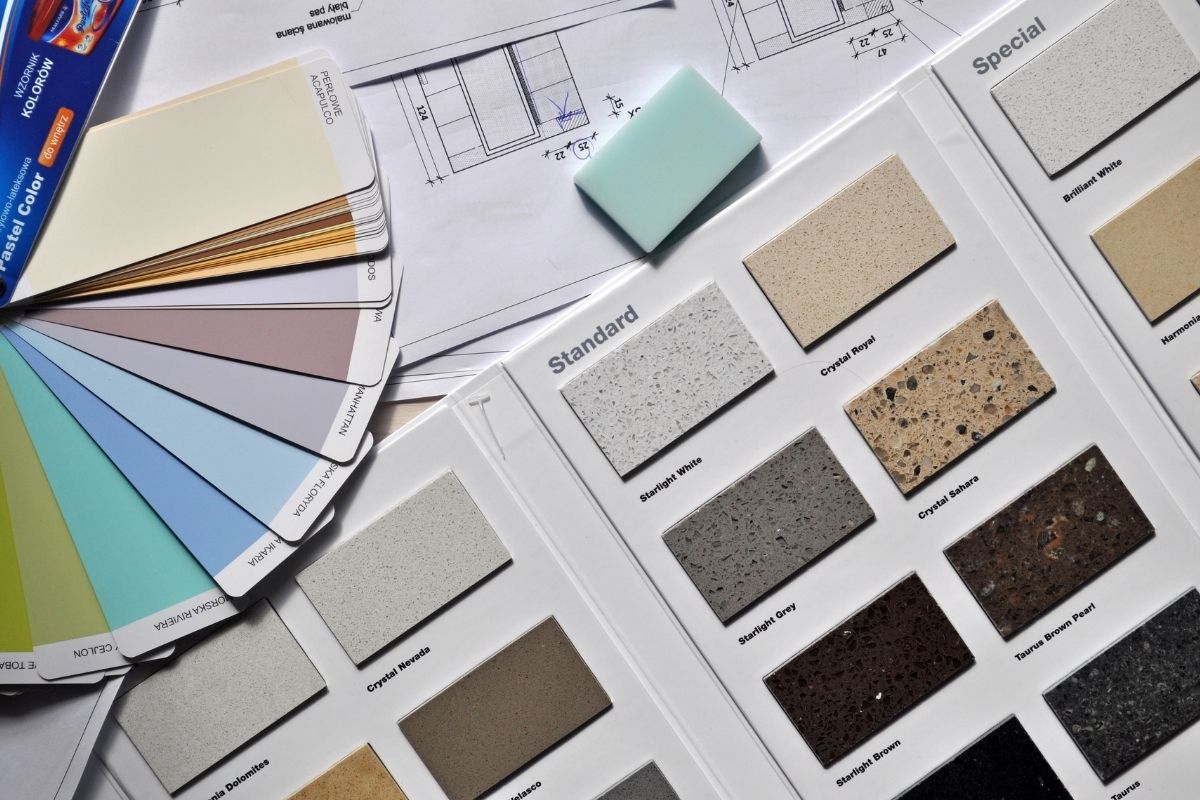Personalization: Case Study in Personalization: Shop Your Feet
The process by which we, ShopYourFit, went from product/market fit to revenue is very interesting because it includes a mix of more product/market fit, more experimentation, and more products we’re building. We find out even different problems that customers have.
That’s how we got into revenue. When we built ShopYourFit, we quickly understood that we were going to have different customers coming to the website. They’re going to a personalization process that we created using artificial intelligence, and using later, TensorFlow and augmented reality.
I explained how the personalization process works. Customers visit the website and manually input their height and weight. Then, they choose their style. It’s very subjective the way that customers dress. It’s not necessarily about the large, medium, or small sizes that matter. Customers may want clothing that is tighter or clothing that is looser.
Different styles are more subjective, so what we did is build a simple board where the customer selects certain pictures. Using the selections, we can gain an understanding of a customer’s behavior and how the customer wants to wear certain styles of clothing.
We ask customers to take pictures of the front and side, so we can construct a precise body type. We have the body type, we have the style, and we have the customer’s height and weight. Using all the information provided by the customer, we can populate a website for customers that is customized to what they’re looking for.


